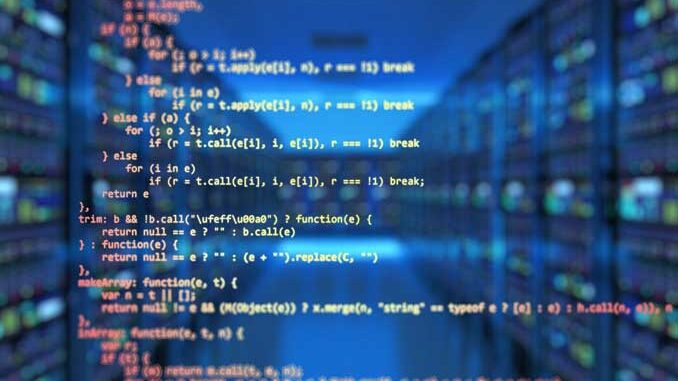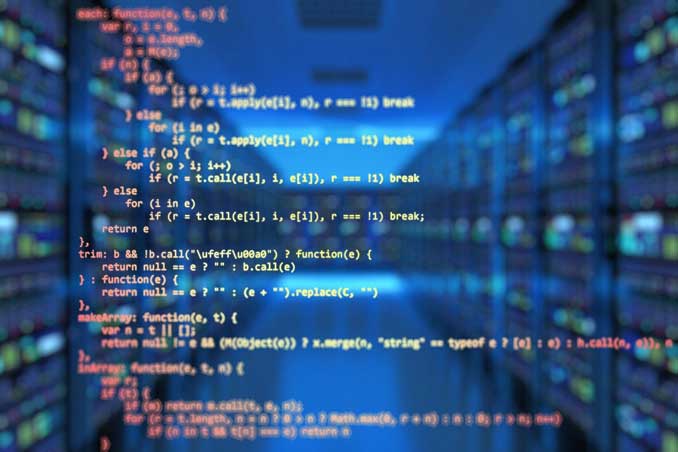
Every day business computers handle everything from reading daily emails to browsing and searching the Internet and company databases. Each part plays an imperative role in the power of the computer as a whole.
The components of a powerful business computer work together to bring companies optimal performance for processes such as CAD (computer aided design), computer controlled manufacturing, data storage solutions and cybersecurity. They also efficiently handle all the tasks needed to run the businesses. Let’s discuss the main parts of business computers to understand how these incredible machines work.
Motherboard
The motherboard earns its name from the fact that each component connects to it. Think of it as a giant circuit board that the other parts of the business computer need to communicate. Lately more components are included on the motherboard, such as the new M1 chip from Apple. Motherboards function on powerful business computers and every day computers.
Power Supply
As you might guess, the power supply is the part that a computer needs to make everything run with electricity. A power supply brings electricity to all of the other computer components and comes in the form of an electrical plug and cord and a box that is either outside in laptops and notebook computers or inside the cabinet of a desktop or tower computer.
CPU (Central Processing Unit)
The CPU works harder than any other component, and people often refer to it as the brains of the entire operation. CPUs function on powerful business computers and every day computers, but powerful business computers require more powerful processors or even multiple processors.
The CPU accepts user, device and Internet or network input and interacts with programs and th user inputs, interprets the information that comes into it and can send out commands too.
Due to all of the hard work it does, the CPU produces a considerable amount of heat. This is why our computers require fans inside of them.
RAM (Random Access Memory)
RAM is a temporary storage unit, allowing users to used or read programs when they open them. RAM allows a computer to open files quickly without permanently storing them. RAM also allows more programs and more more windows to be opened simultaneously without a computer slowdown. Apple is notoriously for under-delivering on RAM. A few years back Apple began soldering RAM to the motherboard so that users couldn’t upgrade to higher RAM if they needed more RAM or if their budget allowed a greater amount of RAM to be purchased after the original computer purchase. Apple’s move made it impossible to upgrade RAM on its lower end computers. Apple still practices this limitation on Mac mini computers and the lower Apple iMacs. One could say Apple preys on budget or low income consumers because they are forced to by a brand new computer if they need more RAM.
With a heavily-used business computer, a great deal of RAM is often necessary so that the computer doesn’t slow down when you open several programs at once. When three is not enough RAM to carry out multiple process, the computer slows down or even comes to a complete stop for a few second or even a minute or more.
HDD (Hard Drives) and SSD (Solid State Drive)
Hard drives and SSDs both serve as permanent storage locations in the computer. They are the parts where the computer keeps data and files until a user deletes them.
Both components work as storage parts, but there are a couple of differences that separate them. SSDs are smaller than hard drives and won’t overheat as hard drives can, making them useful for small spaces or as alternatives to multiple hard drives. As a result, SSDs are useful for servers, but they still should be equipped with backups.
Generally, SSDs are more reliable and durable than HDDs, especially in extreme and harsh environments because SSDs don’t have moving parts such as actuator arms. SSDs can withstand some accidental drops and other shocks, vibration, extreme temperatures, and magnetic fields better than HDDs.

When It’s Time for a Business Server
As companies grow and computers begin to multiply along with employees, a business will often consider obtaining a business server. A server provides a central location for all data and cyber protection for all the business’s computers. Centralizing can also help make sure each computer is updated with the latest software application, the latest data, and the latest security updates.
API
An application programming interface (API) is an interface that defines interactions between multiple software applications or mixed hardware-software intermediaries; and defines the kinds of calls or requests that can be made, how to make them, the data formats that should be used, the conventions to follow, etc. APIs can also provide extension mechanisms so that users can extend existing functionality in various ways and to varying degrees.
An API can be entirely custom, or specific to a component, or designed based on an industry-standard to ensure interoperability.
Businesses with greater needs that outpace an in-house server configuration will often choose a web service or cloud computing configuration such as Amazon Web Services (AWS). A subsidiary of Amazon, AWS provides on-demand cloud computing platforms and APIs to individuals, companies, and governments, on a metered pay-as-you-go basis.
These cloud type of computing web services provide a variety of basic abstract technical infrastructure and distributed computing building blocks and tools. One of these services is Amazon Elastic Compute Cloud (EC2), which allows users to have at their disposal a virtual complex of multiple computers available 24/7 via the Internet.
The AWS version of virtual computers emulates most of the attributes of a real computer, including hardware central processing units (CPUs) and graphics processing units (GPUs) for processing; local RAM memory; hard-disk/SSD storage; a choice of operating systems; networking; and pre-loaded application software such as web servers, databases, and customer relationship management (CRM).
Get updates from The Cardinal ALL NEWS FEEDS on Facebook. Just ‘LIKE’ the ‘Arlington Cardinal Page (become a fan of our page). The updates cover all posts and sub-category posts from The Cardinal — Arlingtoncardinal.com. You can also limit feeds to specific categories. See all of The Cardinal Facebook fan pages at Arlingtoncardinal.com/about/facebook …
Help fund The Cardinal Arlingtoncardinal.com/sponsor
